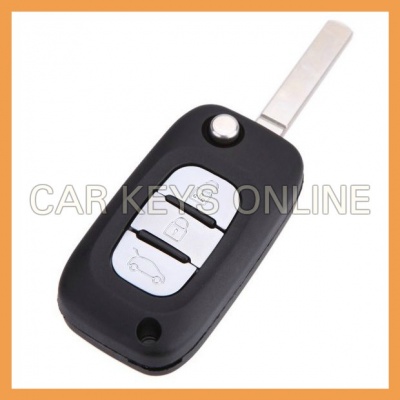
CLion downloads the configured SDK to the remote server. In the Project Structure dialog, select Project, and from the available options, configure the project's SDK.Ĭlick OK to save the changes. When you first open a project, CLion displays a notification suggesting to add the project SDK. If you want to find more about the process of remote development with the thin client and architecture in general, refer to Overview of remote development with the thin client. You can develop it like any other local project: edit code, run applications, debug, and deploy. Each line is a regular expression that defines a separate filter.A remote project gets opened in JetBrains Client as it would be opened in your local CLion IDE. This will allow you to jump from the console output directly to the relevant location in the file.

Specify filters to turn absolute file paths, line and column numbers in the output messages into hyperlinks. Make console active on message in stderrĪctivate the console when the tool uses the standard error stream. Make console active on message in stdoutĪctivate the console when the tool uses the standard output stream. Open a console with the tool's standard output and error streams. If the tool does not modify any files in your project, you can disable this option. Advanced Options Synchronize files after executionĪutomatically load the changes to your project files made by the external tool.

Alternatively, you can choose to Select SSH configuration on every run.

Run the tool on a server accessible via one of the configured SSH configurations. Specify the connection settings for the remote server where you want to run the tool via SSH. You can use built-in IDE macros to specify the name of the current file, paths relative to the project root, and other contextual information for the tool. The absolute path to the working directory from which the tool should be executed. Dmy.prop=\"quoted_value\" "second arg" third" "arg Working directory Use a backslash to escape double quotes that are part of the argument or path. Use double quotes for arguments and paths that contain spaces. Use spaces to separate individual arguments. The arguments passed to the executable file, as you would specify them on the command line. The absolute path to the executable file (script, utility, application, and so on). Make sure that you specify the absolute paths for the tool's settings, not paths relative to the project. DescriptionĪ meaningful description of the tool. For example, if you have many external tools configured, you may want to separate them into groups, such as Linters, Preprocessors, Postprocessors, and so on. You can select an existing group or type the name of a new group.

The name of the group to which the tool belongs. The name of the tool that will be used as the action for running the tool in the CLion interface. When you create, edit, or copy an external tool, you need to provide the tool's settings. Clear checkboxes for tools and groups that you want to keep but not have available in menus. Use the toolbar buttons to manage the list of available external tools. For more information about adding and using external tools, refer to External tools. This page describes the settings that you can configure for remote external tools.


 0 kommentar(er)
0 kommentar(er)
